Introduction
Tantalum mesh, known for its exceptional corrosion resistance and durability, is essential for a variety of industrial applications. Tantalum’s high resistance to chemical reactions, heat, and mechanical stress makes it a unique choice for demanding environments. This article will discuss the various types of tantalum mesh available, their tailored properties, and industrial uses.
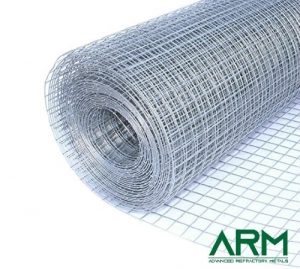
Why Tantalum?
Before delving into specific types, it’s helpful to understand why tantalum is such a sought-after material in critical industries. Tantalum, a rare, lustrous metal, exhibits unique qualities, including:
- Corrosion Resistance: Tantalum’s natural oxide layer makes it nearly impervious to even the most aggressive acids, such as sulfuric acid and hydrochloric acid.
- High Melting Point: With a melting point of 3017°C, tantalum withstands extreme temperatures, making it ideal for applications exposed to high heat.
- Mechanical Strength: Its robustness makes it suitable for both flexible and structural applications.
- Biocompatibility: Tantalum’s compatibility with human tissues allows its use in medical implants, a critical advantage for the biomedical field.
Types of Tantalum Mesh and Their Uses
1. Standard Tantalum Mesh
It is a regular woven mesh crafted from tantalum wire, known for its strength and resilience. This type is highly resistant to most acids and alkalis and retains structural integrity even at elevated temperatures and in reactive conditions.
It finds applications in:
– Chemical Processing: Tantalum’s corrosion resistance makes this mesh ideal for use in reactors, heat exchangers, and filtration systems where it may encounter concentrated acids. It endures in challenging environments, helping to reduce maintenance and prevent corrosion-related failures.
– Aerospace: In aerospace applications, standard tantalum mesh serves in components exposed to high temperatures and reactive conditions. Its stability ensures long-lasting performance in parts like rocket nozzles and heat shields.
– Electronics: The use of tantalum mesh in capacitors and high-performance electronics results from its stability, which is critical for devices needing consistent electrical properties over time.
2. Tantalum Alloy Mesh
Tantalum Alloy Mesh is formed by combining tantalum with small amounts of metals like tungsten or niobium. This alloyed mesh offers enhanced strength and thermal stability compared to pure tantalum, along with specialized resistance to more extreme environments.
Its various uses include:
– Aerospace and Military: Alloyed tantalum meshes offer additional robustness, making them suitable for high-stress aerospace and military applications. The addition of tungsten or niobium provides the extra durability required for extreme conditions, where weight, heat resistance, and structural integrity are essential.
– Biomedical: The biocompatibility of tantalum alloys allows these meshes to be used in medical implants or devices. They resist body fluids and promote integration with biological tissues, providing reliable and safe performance over time in items like bone implants and vascular supports.
3. Tantalum Expanded Mesh
Tantalum Expanded Mesh is created by cutting and expanding a single sheet of tantalum, resulting in a porous, rigid structure. It has excellent mechanical strength and uniform porosity, allowing the passage of gases and liquids, which makes it ideal for filtration applications.
It is useful in:
– Industrial Filtration: Expanded tantalum mesh is frequently employed in industrial filtration systems, especially those dealing with aggressive chemicals. The mesh can filter substances while withstanding corrosive agents, making it ideal for the chemical industry and waste treatment facilities.
– High-Temperature Applications: With its high heat tolerance, expanded mesh is also used in furnace linings and heat-resistant equipment, ensuring structural reliability in settings where few materials can endure prolonged exposure to extreme temperatures.
4. Tantalum Sintered Mesh
Tantalum Sintered Mesh is created by bonding tantalum powder or fine particles under heat and pressure to form a porous structure. It features a high surface area with controlled porosity, offering excellent stability and resistance to chemical degradation.
It finds uses in:
– Catalysis: The high surface area of sintered tantalum mesh makes it effective as a catalyst support in various chemical reactions. It aids in the uniform distribution of catalyst materials, improving the efficiency of chemical processes and reducing overall material consumption.
– Fine Filtration: Sintered tantalum mesh is often applied in fine filtration systems, particularly where high corrosion resistance is required, such as in nuclear power plants and high-purity chemical production.
5. Tantalum Foil Mesh
Tantalum Foil Mesh is made from tantalum foil, resulting in a very thin mesh with fine perforations and flexibility. It is lightweight and adaptable, featuring fine, precise openings. This type of mesh provides high conductivity and biocompatibility, making it suitable for specialized applications.
– Medical Devices: The flexibility and biocompatibility of tantalum foil mesh make it an excellent choice for medical implants, including stents and bone scaffolds. It safely interacts with human tissues and can be easily formed into complex shapes, essential for medical procedures requiring custom solutions.
– Precision Electronics: In electronics, tantalum foil mesh is valuable for precision components where both conductivity and corrosion resistance are essential, such as in sensitive circuitry or battery systems.
Conclusion
Tantalum mesh’s corrosion resistance, high temperature tolerance, and biocompatibility, make it a versatile material for many industries. The various forms of tantalum mesh—from standard woven mesh to sintered and foil versions—provide solutions tailored to specific applications, from chemical processing and filtration to aerospace, medical, and electronics.
As industries demand materials capable of withstanding harsh environments and performing reliably, tantalum mesh stands out as a material of choice, promising safety, longevity, and unmatched durability. For more tantalum products, please check Advanced Refractory Metals (ARM).
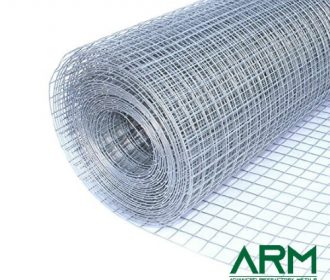
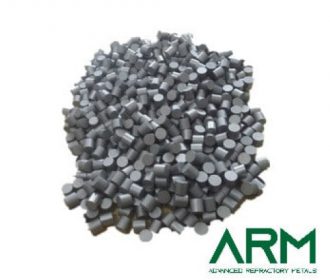
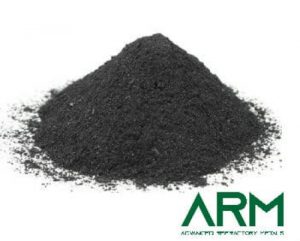
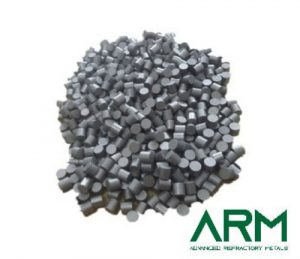
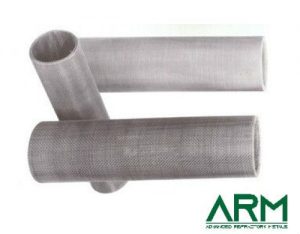
Recent Comments